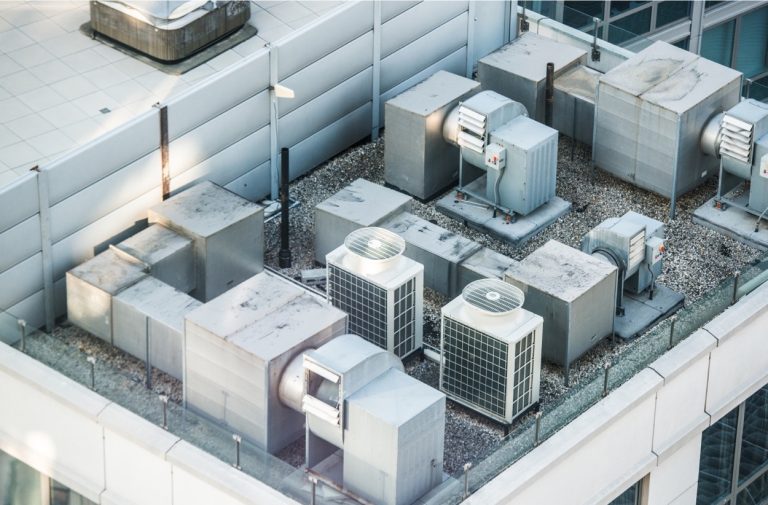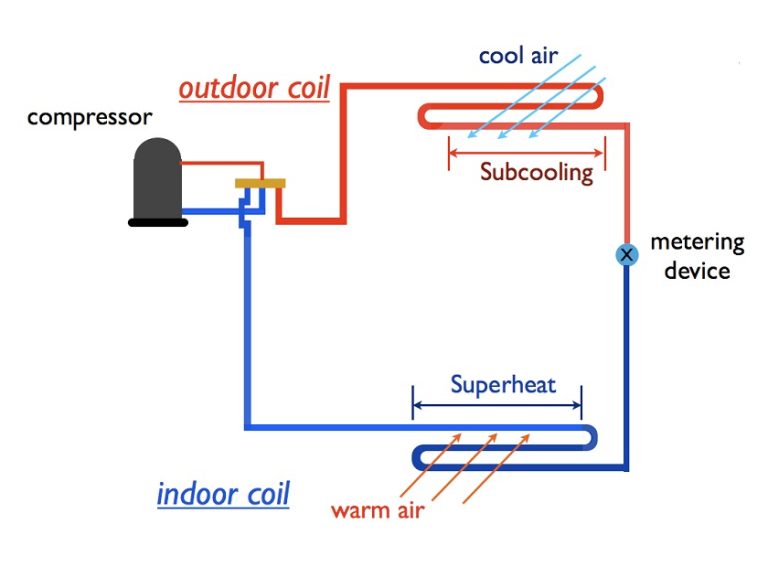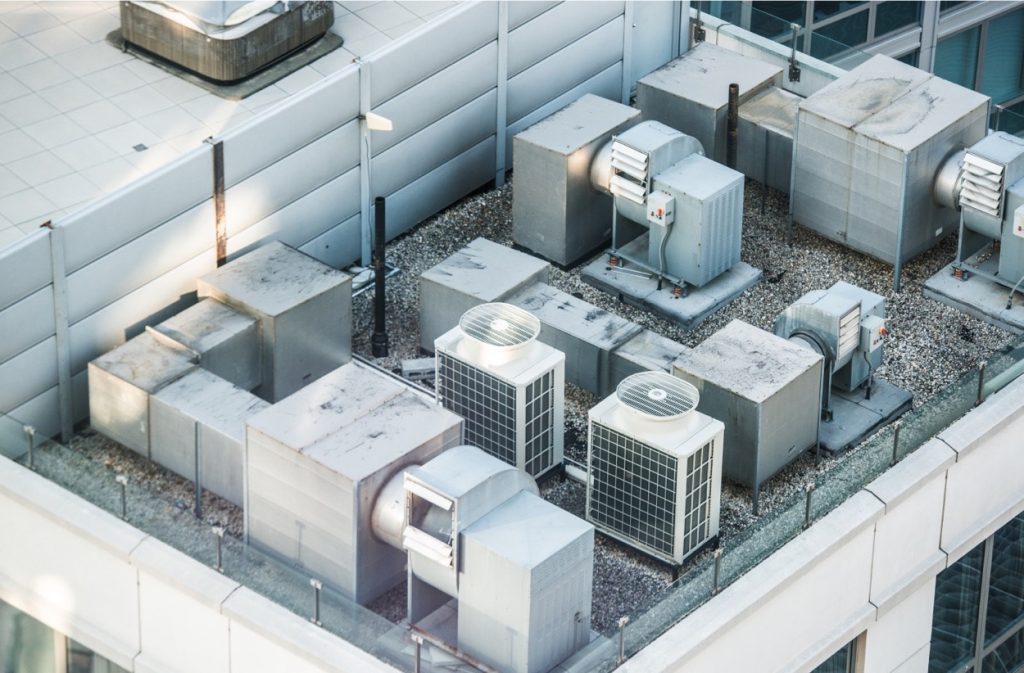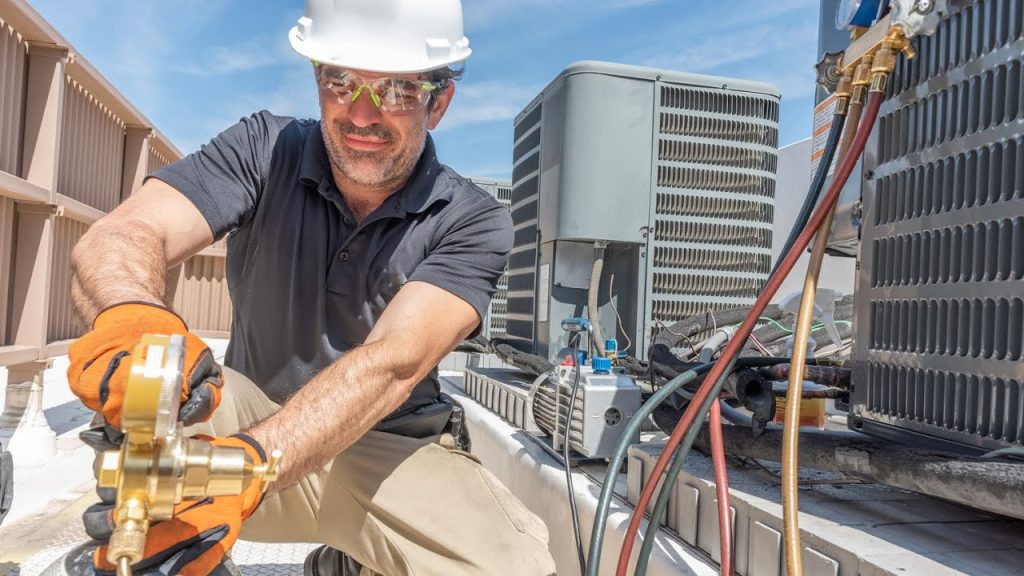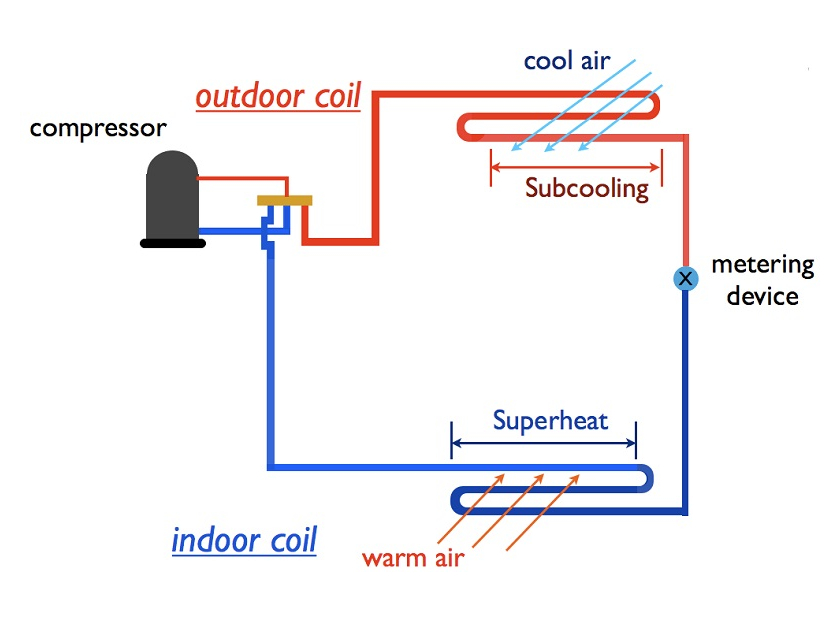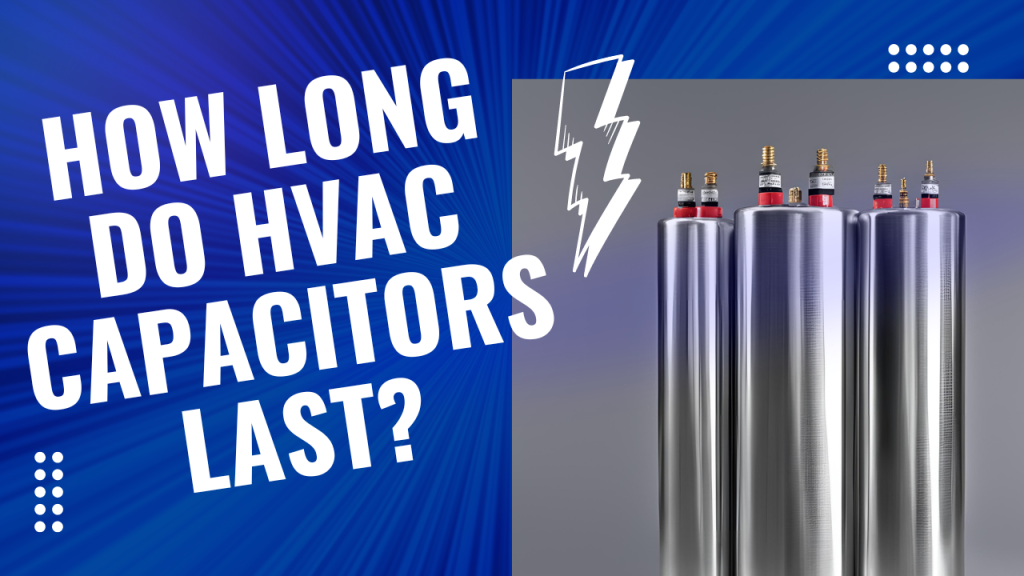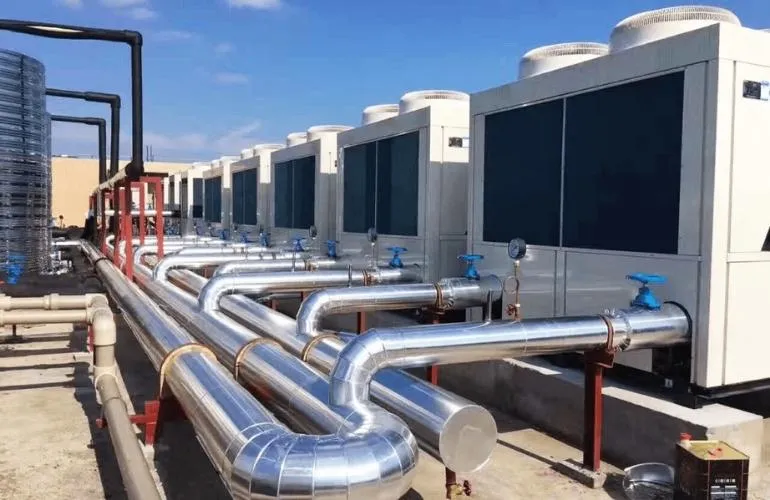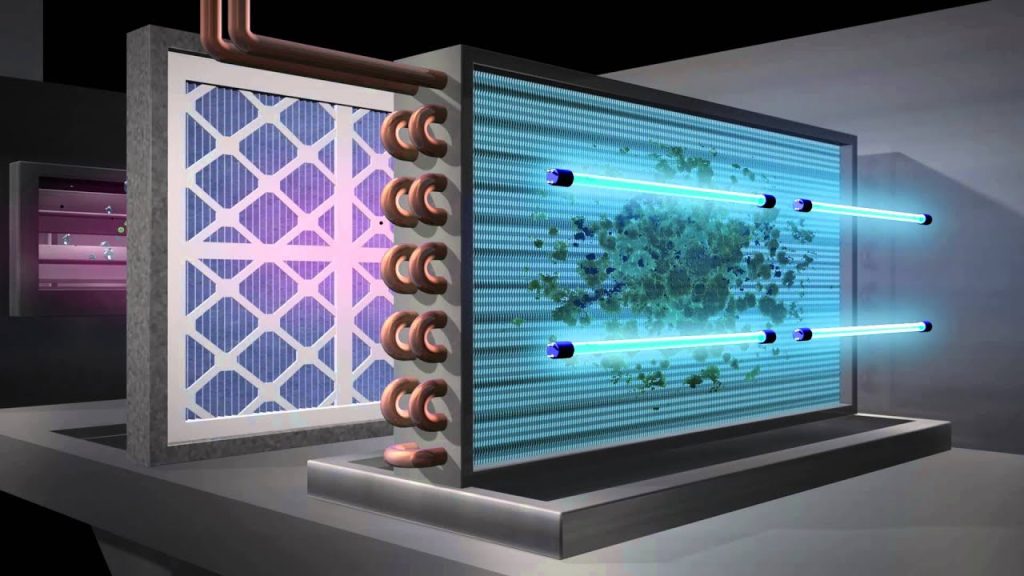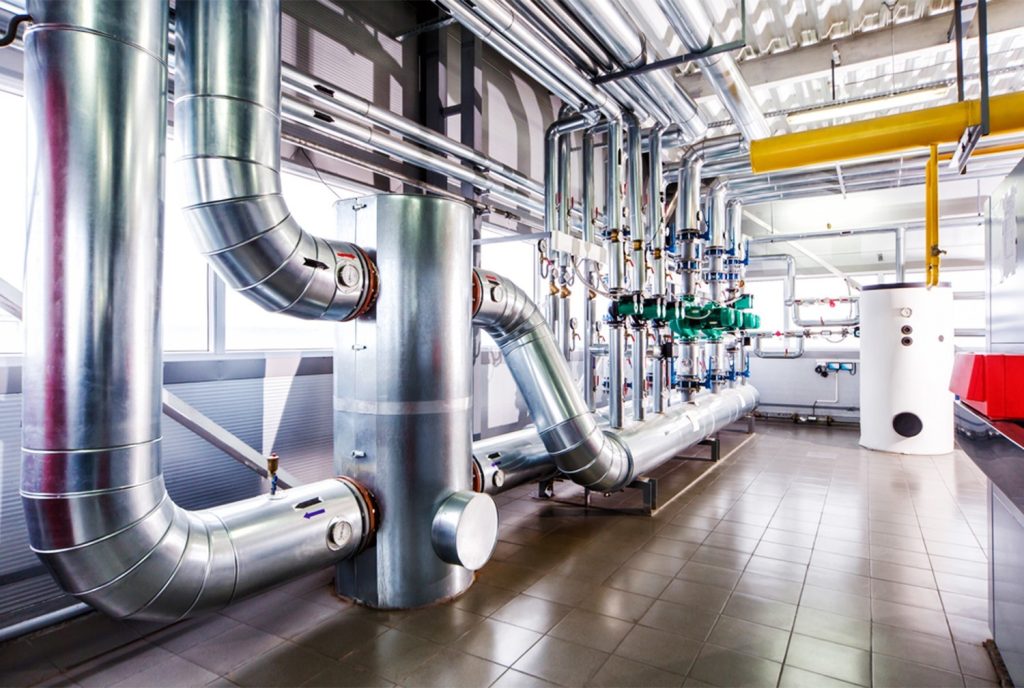When it comes to home comfort and safety, the last thing you want is a mysterious black powder called soot clogging up your HVAC system. That black powder, commonly known as soot, seems harmless but carries hidden dangers. Whether you’re a homeowner, an HVAC professional, or a health enthusiast, understanding soot is crucial for maintaining a safe and efficient heating system.
Understanding Soot Formation and Composition
What is Soot?
Soot is a fine black powder created during the incomplete combustion of carbon-containing fuels, such as wood, coal, oil, or gas. It’s composed of tiny particles that result from the burning process when there isn’t enough oxygen to achieve complete combustion.
These particles, also known as particulate matter, can become airborne and settle on various surfaces, including your HVAC system
Soot Composition
The composition of soot includes carbon, metals, and organic compounds. The size of these particles allows them to travel easily through the air and infiltrate different parts of a home, particularly through your HVAC system. This particulate matter not only affects furnace efficiency but can also pose health risks if inhaled over time

Identifying Signs and Causes of Soot Buildup
Common Signs
Detecting soot buildup early can save you from costly repairs and health issues. Common signs include blackened surfaces near your furnace, an unusual odor, or a decrease in heating efficiency. If you notice these, it’s time to investigate further.
Impact of Soot on Furnace Efficiency and HVAC Components
Soot buildup can severely impact your furnace’s performance. It acts as an insulator, preventing heat from transferring effectively. This forces the furnace to work harder, increasing energy consumption and utility bills. Over time, soot can damage crucial components like heat exchangers and burners
Dangers of Incomplete Combustion and Carbon Monoxide Production
CO Risks
ncomplete combustion can lead to the production of carbon monoxide (CO), a colorless, odorless gas that poses serious health risks. High levels of CO can cause headaches, dizziness, and even life-threatening conditions.
Health Hazards
The presence of carbon monoxide isn’t just dangerous; it’s potentially fatal. Exposure to high levels can result in severe health issues, including respiratory and cardiovascular problems. Ensuring proper ventilation and regular maintenance can mitigate these risks.
Health Hazards of Furnace Soot Exposure
Respiratory Risks
Inhaling soot can irritate the respiratory system, leading to conditions such as asthma, bronchitis, and other lung diseases. The fine particles can embed deeply within the lungs, causing inflammation and reducing lung function
Heart and Cancer Risk
Soot exposure has been linked to cardiovascular issues, including heart attacks. The particles can enter the bloodstream, affecting heart health. Some studies even suggest a correlation between prolonged soot exposure and cancer risk, making it important to address soot buildup in your home
Deep Penetration Effects
Soot’s tiny particles can penetrate deep into the body, reaching organs beyond the lungs. This can have systemic effects, impacting overall health and well-being. The long-term exposure to soot and its components should not be underestimated.

Preventive Measures for Minimizing Soot Accumulation
Taking proactive steps can help minimize soot accumulation. Regularly cleaning your furnace and ensuring proper ventilation are essential measures. Using high-efficiency air filters can also trap soot particles before they circulate through your home.
Professional Inspection and Maintenance of HVAC Systems
Annual Inspections
Scheduling annual inspections with an HVAC professional is critical. They can identify potential issues, clean components, and ensure optimal furnace performance. Regular check-ups help catch problems early and prevent costly repairs. You can also clean up HVAC filters.
Cleaning Buildup
Professionals can thoroughly clean soot buildup from your HVAC system. This includes removing soot deposits from burners, heat exchangers, and other components. A clean system operates more efficiently and safely
Furnace Adjustments
Adjusting your furnace for proper air-to-fuel ratios ensures more efficient combustion, reducing soot production. Professionals can fine-tune settings to optimize performance while minimizing emissions
Lower Energy Consumption and Reduced Risk of Emergency Repairs
A well-maintained furnace consumes less energy, resulting in lower utility bills. Regular maintenance reduces the risk of unexpected breakdowns, saving you from emergency repair costs and ensuring consistent comfort throughout the year.
Furnace Maintenance Guide for Homeowners
Annual Furnace Maintenance
Regular maintenance is crucial for furnace longevity and efficiency. It involves inspecting components, cleaning filters, and addressing any issues before they escalate. A well-maintained furnace operates smoothly and keeps your home comfortable
Furnace Maintenance Issues and Common Causes
Professional expertise is necessary for addressing complex furnace issues. Common problems include excessive soot, irregular flames, and frequent cycling. These issues require timely intervention to prevent further damage
DIY Maintenance Tips for a Furnace
Homeowners can perform basic maintenance tasks to complement professional services. Checking the thermostat, changing air filters, and stopping drafts are simple yet effective ways to enhance furnace performance and efficiency
FAQs
Q: How often should I get my furnace maintained?
A: Furnaces should be professionally serviced at least once a year, ideally before the heating season begins
Q: What are some signs that my furnace needs maintenance?
A: Some common indicators include unusual noises, uneven heating, and increased energy bills. It’s best to schedule maintenance as soon as you notice any of these issues.
Q: Can I perform furnace maintenance myself?
A: While basic tasks like changing air filters can be done by homeowners, it’s recommended to leave more complex maintenance to professionals for safety and optimal results. However, regular DIY maintenance can help prevent major issues and prolong the life of your furnace
Q: Soot is building up on my furnace, what could be causing this?
A: Soot buildup can be caused by several factors such as dirty filters, gas leaks, or a malfunctioning burner. It’s best to have a professional inspect and clean the furnace to determine the root cause of the soot buildup and prevent further issues.
Q: How long does a typical furnace maintenance service take?
A: The duration of a maintenance service varies depending on the age and condition of your furnace. On average, it takes about an hour for a thorough inspection and cleaning. However, if any repairs are needed, it may take longer

